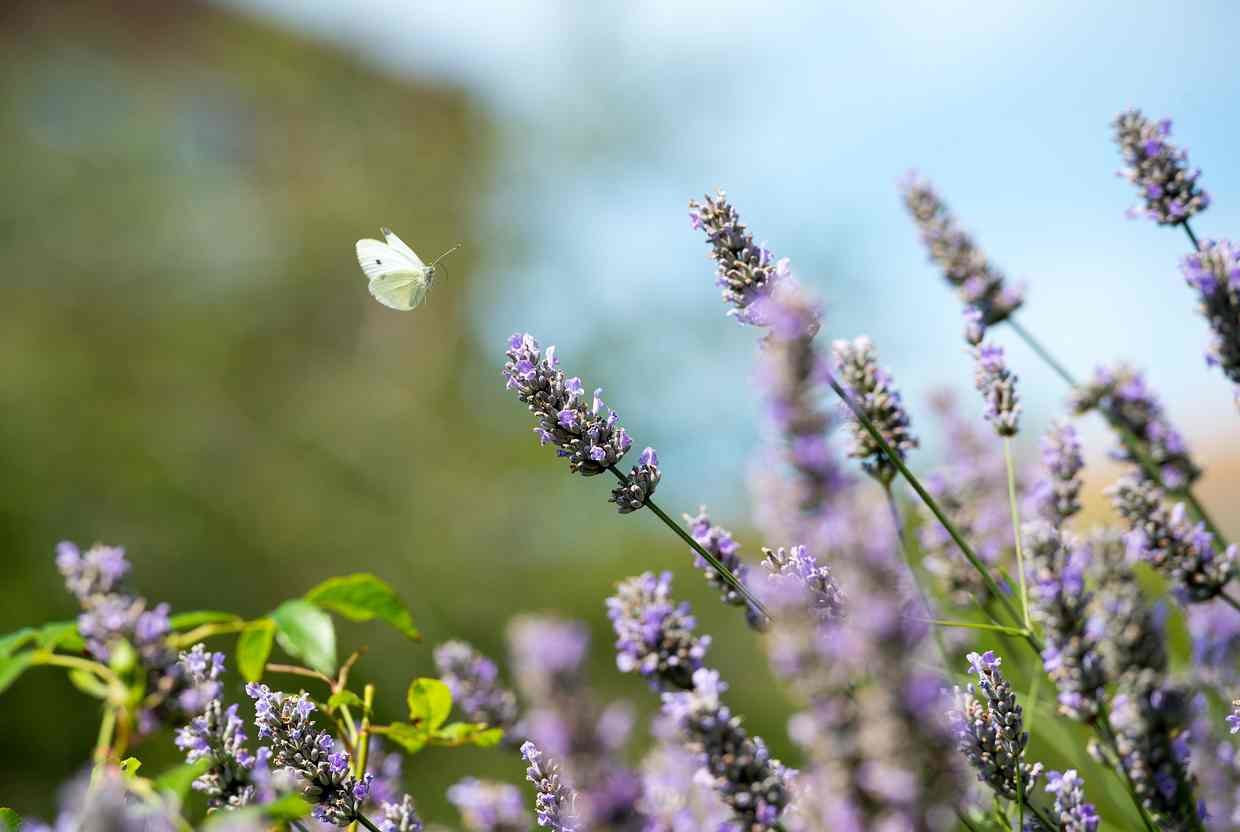
Sir David Attenborough is urging the public to take part in the Big Butterfly Count so that scientists can discover just how disastrous the unsettled weather is proving for Britain's 59 butterfly species.
The count, the largest insect survey in the world, begins today with people asked to spend 15 minutes recording which butterflies they see in a park, garden or countryside.
Richard Fox, of Butterfly Conservation, which runs the survey, said: "It's not looking good at all but we will only know how bad a year it's been if lots of people take part. Even if you see only one butterfly - or none - please submit these sightings because that's what we need to tell how good or bad this year will turn out to be for our butterflies."
Butterflies have been scientifically monitored since 1976 and the worst year since records began was the cold summer of 2012, which began with a mild spring. This year's weather, said Fox, had been completely different: a cold, late spring followed by a warm but extremely wet and sunless summer.
Many common species, particularly the small and large whites, the common blue and the small copper appear to be extremely scarce this year.

Some enthusiasts are reporting a crash in the number of meadow browns, which has previously topped the Big Butterfly Count charts and was third in 2015, with 76,713 spotted.
The meadow brown, whose caterpillars feed on grass, usually thrive in damper years when there is good grass growth but some butterfly lovers believe that increasingly mild winters are devastating for butterflies.
Caterpillars which usually hibernate were observed emerging during the mild December of 2015, and were then likely to starve or be killed off by subsequent cold weather.
"There's a widespread gut feeling that mild winters might adversely affect our butterflies - fungal diseases could benefit from milder winters and hibernating butterflies might use up their fat reserves by being more active in the warmth," said Fox.
But he warned that there was still a lack of scientific evidence for milder winters contributing to the fact that three-quarters of species are declining in Britain. "We don't see strong correlations between above-average winter rainfall or temperature and butterfly numbers but that's not to say they don't exist," he said. "Extremes of weather in winter could have a really significant effect but we just haven't picked that up yet."
According to Fox, "cutting-edge" butterfly science is now studying the effects of extreme weather events which are not identified by broad measures of average temperatures.
Butterfly spotters may be consoled by good numbers of a few species to defy the sunless summer, including the holly blue and ringlet. Another species to look out for is the silver Y moth, a migratory insect spotted in its thousands in the Euro 2016 final in France. One moth landed on Cristiano Ronaldo's face; others will be blown into Britain by southerly winds.
Sir David Attenborough, the president of Butterfly Conservation, said: "During my lifetime I have seen at firsthand how the UK's once plentiful butterflies have dwindled and diminished with some species even becoming extinct. This is a gloomy outlook but not one that is set in stone. We must make sure these losses are halted and reversed but in order to achieve this we first need to find out as much information about our butterflies as possible.
"That is why taking part in the Big Butterfly Count is so important - it helps us build a picture of how butterflies are doing in our own neighbourhoods and what help they need from us."




Reader Comments
to our Newsletter